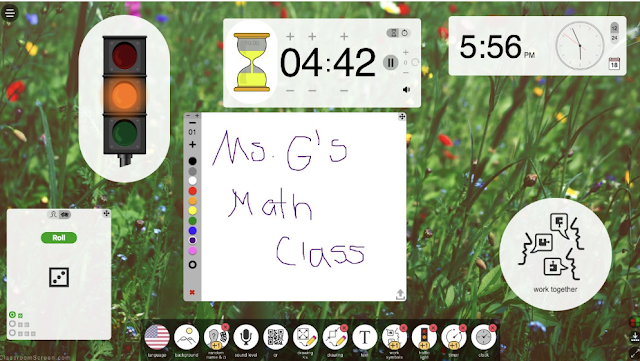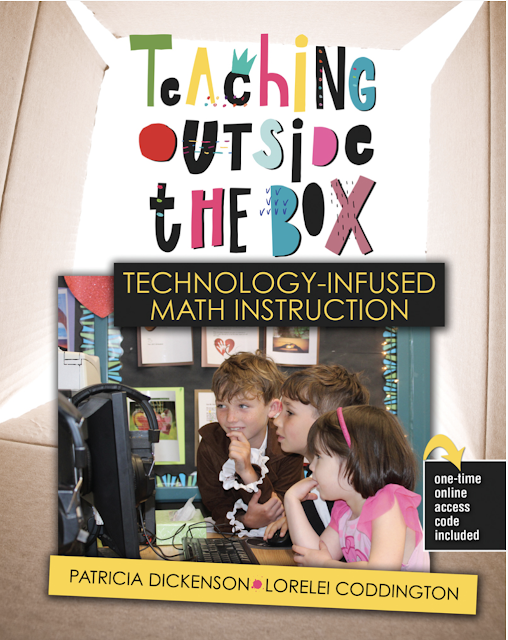From Passion to Project: Sparking Creativity with Digital Tools
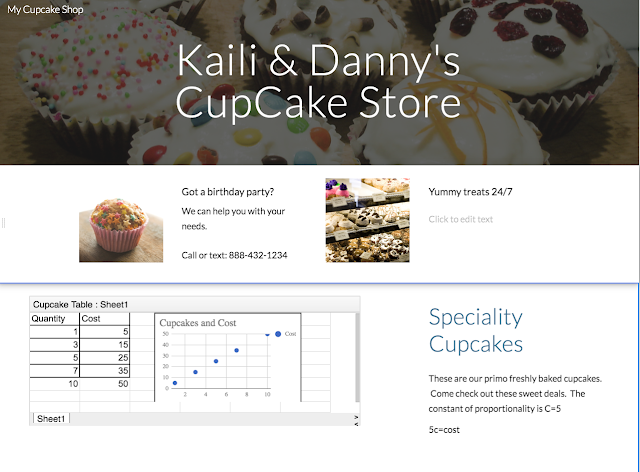
It’s almost the end of the school year, which means you might be scrambling to find creative and fun ways to keep your students’ motivated and on task, especially when it comes to math instruction.
Competing with summer vacation, requires teachers to “Think Outside the Box” when it comes to planning. Incorporating play, games and technology as part of math instruction is a must! Kids are after all, ready to escape to the beaches, go on a long vacation and just sleep. As a classroom teacher, you might just find yourself, letting go, being okay with noise, sidebar conversation and kids sitting, standing and lying on the floor as long as they are doing the math.

Project-based activities are my favorite and they might just become your students too! If you include the four elements of a successful project-based task. With projects your students can develop their skills and dive into real life application. Take something your kids are interested in or create a task that is so open-ended your kids can show their interests. To demonstrate understanding of 7th grade math standards students created a website about a business they would like to create and displayed their understanding of proportional relationships and graphing equations within the context of their business model.
 From broken cars, to bracelets and dragon feet creativity exuded with the opportunity to think outside the box and apply math concepts in their own website. See all the frowns of graphing equations turn upside down when having fun exploring the possibilities with math.
From broken cars, to bracelets and dragon feet creativity exuded with the opportunity to think outside the box and apply math concepts in their own website. See all the frowns of graphing equations turn upside down when having fun exploring the possibilities with math.
Here are my four steps to a successful math project: 1. Group Collaboration: Allow students (especially middle schoolers) to select a group of peers to work with. Provide the requirements for the group such as no more than 3 students in a group, and roles for group work ( i.e. scribe, reporter, artist, manager, recorder and statistician). Set the rules and expectations and keep them clearly posted whether it’s with a poster or a digital tool such as Classroom Screen
2. Creative Problem Solving: Ensure that your projects promote creativity and include an open-ended task that supports more than one solution, more than one way to demonstrate what they know, and more than one way to create a final product. This makes student presentations much more lively and engaging as well.
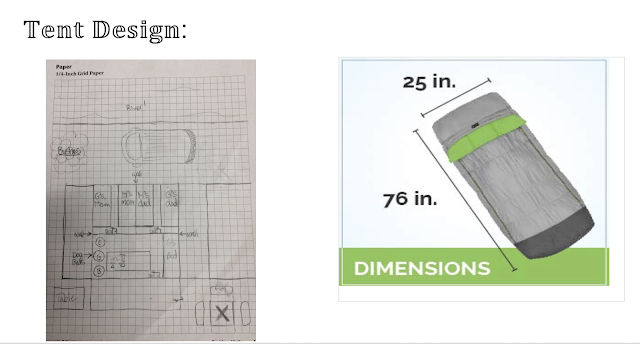
Your students will love planning a camping trip with their peers and determining where they will go, the design of their tent and layout of their site. Their is so much math in this project from determining the gas mileage on their trip (ratios), to calculating cost for their groceries (adding/subtracting decimals), to designing a tent and determining the surface area and volume of their design. If your students don’t like camping have them plan a summer vacation! Now that will get them motivated!
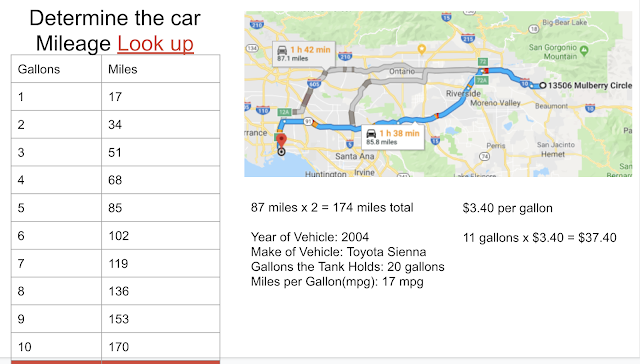
Want to snag Dr. Dickenson’s Google Slide show? Click here:

3. Technology Integration: From research to product-development technology should be used to infuse the digital with the physical. If you are going to create a real-life project, then realize that real-life often includes some form of technology. Planning a trip, working with a budget, analyzing the best price of items all can be done easily without any hard copies with the internet. Final products might include creating a website, displaying results with a Prezi presentations or having students create a commercial to share with their peers all about the business they created. Let technology be a tool for learning and demonstration. Technology can also be a tool for you to provide quick tutorials and remediation. Check out my video I share with students on how to create a Google Sites. Just like adult learners some students might need to see the video a few times whereas others can just click and go.
4. Showcase of Learning: Create a space for all kids to share and invite other classrooms, younger grades, parents and administration to be the audience. Have your students share a video to the next year’s class about one of their toughest problems or how growth mindset shaped their persistency and effort throughout the class.
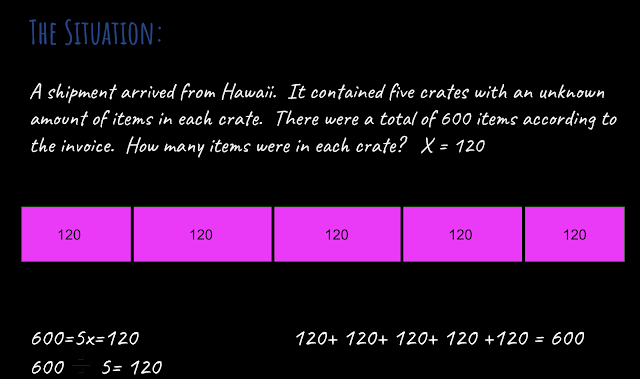
Take your toughest concept and turn it into a collaborative project. There is no better way to reinforce understanding than by having student apply what they know in a meaningful context. I created a Google Slideshow with a variety of tasks that addressed concepts we are learning about in pre-algebra (variable, coefficient, distributive property, etc). Students created a non-profit business and described situations in which algebraic equations could be used to solve situations with unknown values.
You can snag it here:
5. Reflection of Learning:
Projects should be a culmination of what kids have learned and reflection should include questions to support students in making those connections. Likert-scale type questions can help you assess how confident students feel, whereas open-ended questions can determine what the students thought about the rigor of the task. The icing on the cake for any teacher is when you feel like all your hard work and effort is reflected in the students work and described in their experiences doing the math, and that is only possible when you ask students to reflect on their learning.
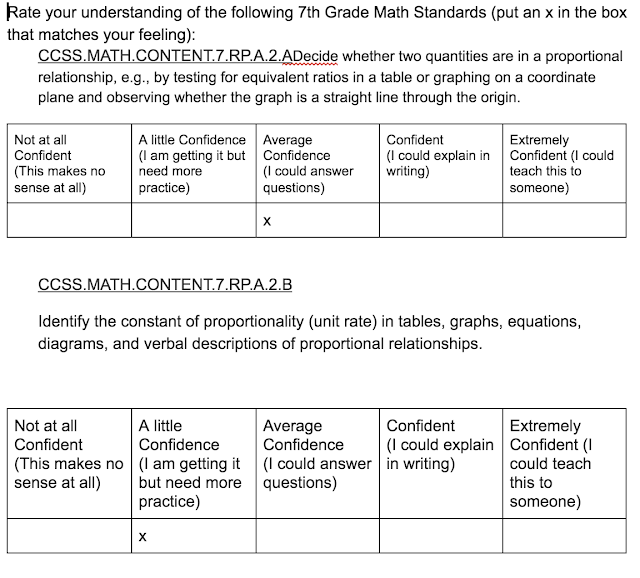
In the above image I included the 7th grade math standards we addressed when students created a Google Site based on a business they created with their peers. This google sheet included video links to review math concepts and math concepts they needed to include in their Google Site.
Want to know more about Project-based learning and creating meaningful math tasks with technology? Dr. Dickenson’s book “Teaching Outside the Box: Technology Infused Math Instruction” is now available in hard copy.
You can also join our Facebook group: Making Math Connections for more math freebies!

